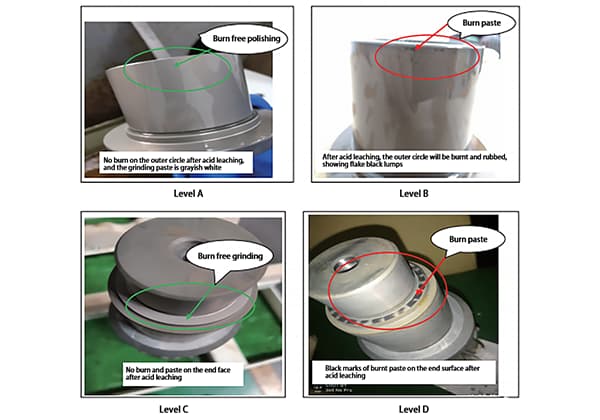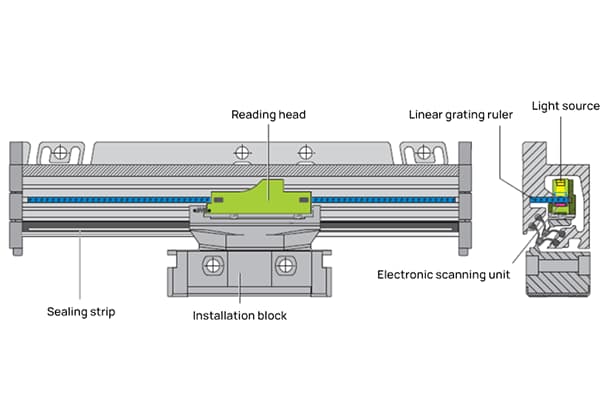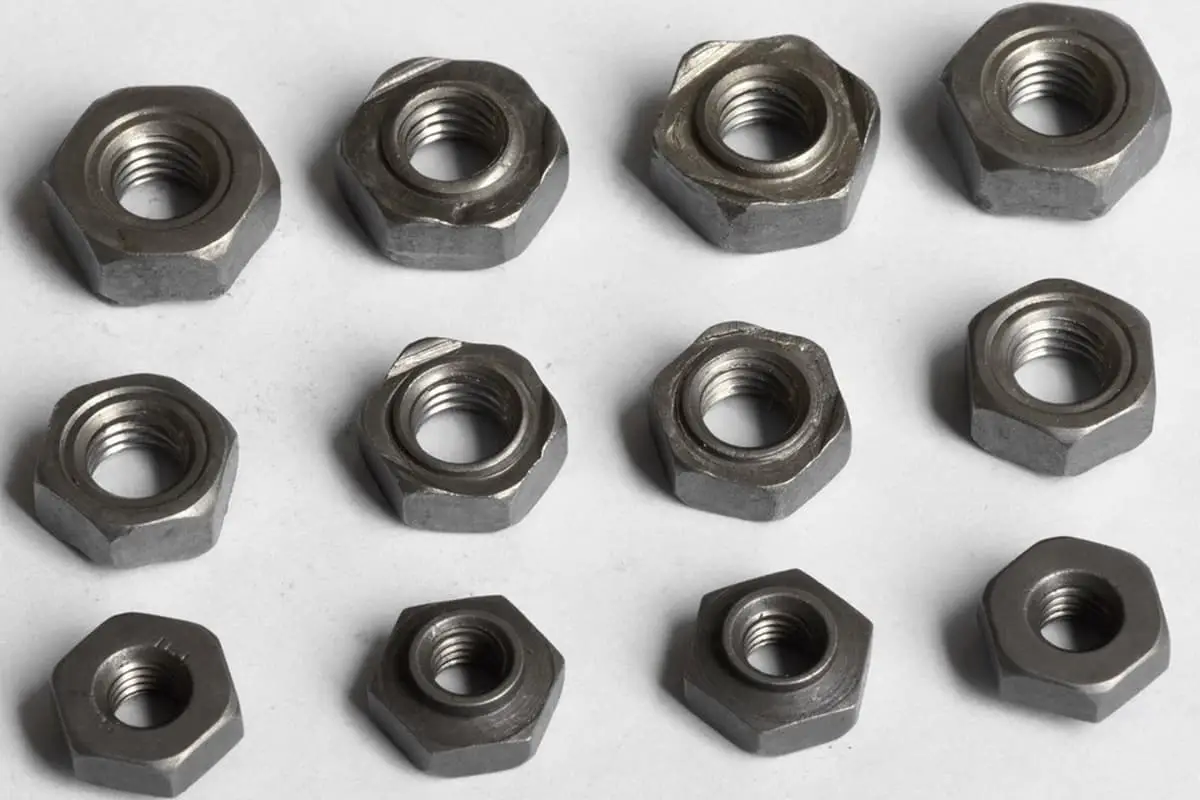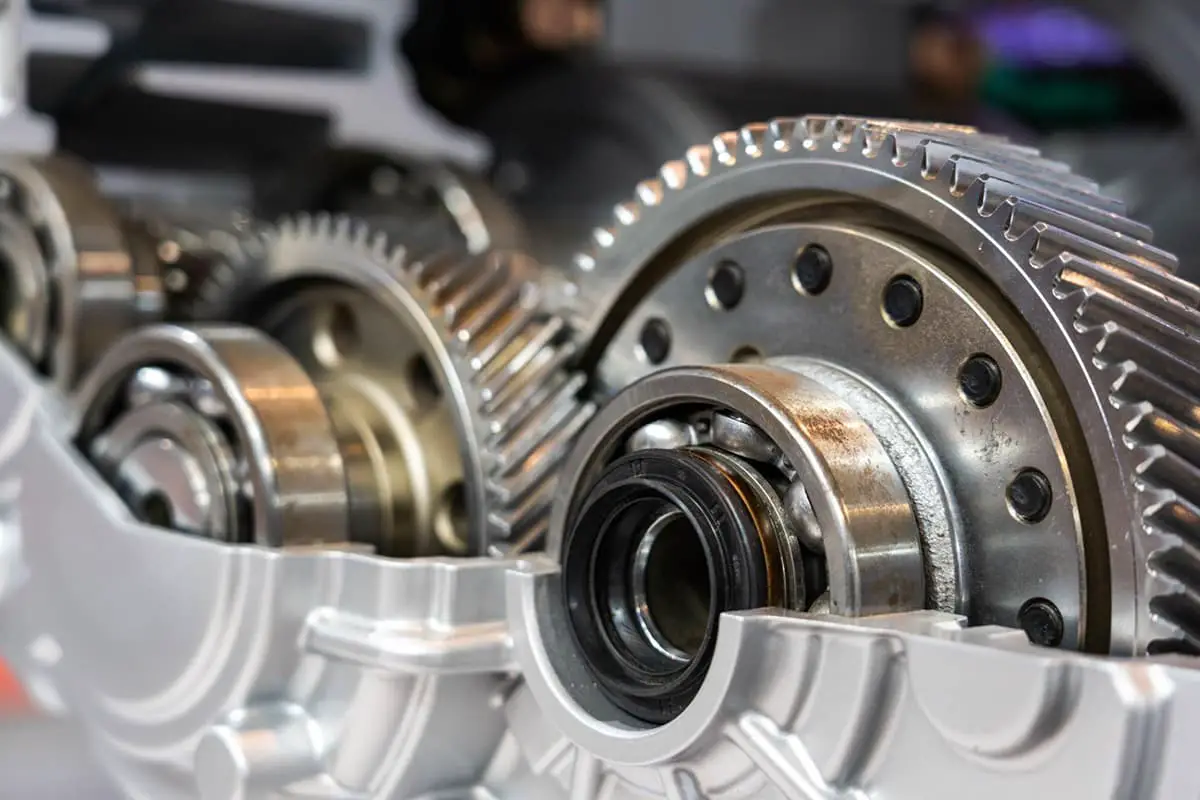
Have you ever wondered why your machinery fails prematurely? This article uncovers the common issue of bearing misalignment and offers practical methods to inspect, diagnose, and correct it. Learn how to extend the life of your bearings and keep your equipment running smoothly!
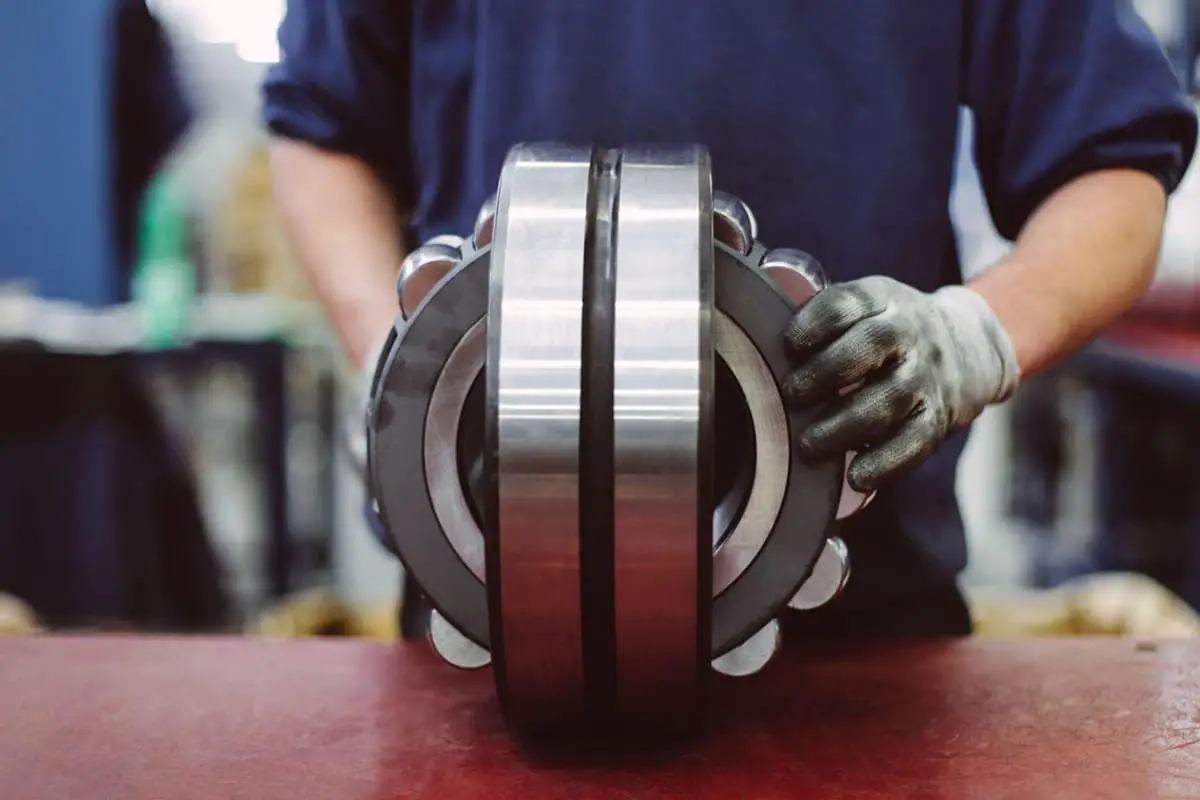
Premature bearing failure due to improper bearing alignment is very common. This article introduces methods for inspecting, diagnosing, and addressing improper bearing alignment.
Misalignment typically refers to a situation where, after the bearing has been installed and is in motion, the axes of the inner and outer rings of the bearing do not overlap and form a certain angle.
For a single bearing, if there is a certain angle between the axis of the bearing inner ring and the bearing housing, this is considered as misalignment of the individual bearing.

In a typical double-support shaft system, the line connecting the two support points should be the axis, and the line connecting the centers of the two bearing housings should also be the axis. If these two axes form an angle, it is referred to as shaft misalignment.
In a shaft system, if one support point (bearing) has good alignment between the axes of the inner and outer rings, but the other has an angle between the axes, the misaligned bearing will bear an additional misalignment load and is prone to failure. The well-aligned bearing will also be indirectly affected.
In a shaft system, if both support points (bearings) themselves have good alignment, but there is misalignment in the line connecting the centers of the two support points, then both bearings will be directly affected by the misalignment, resulting in additional load inside the bearings, which will shorten the bearing life.
Many sources categorize bearing misalignment into shaft misalignment and bearing housing misalignment. Shaft misalignment refers to the situation described above where the line connecting two support points is misaligned with the axis; bearing housing misalignment refers to the misalignment of a single bearing. This situation is often related to the precision of component processing.
The above introduces misalignment within a shaft system. When one shaft is connected to another shaft, there may be a situation where the two shafts are not well aligned. If the two shafts form a certain angle, it is angular misalignment. If the two shafts are parallel to each other but not on the same straight line, it is parallel misalignment.
For the alignment situation of two connected shafts, a dial indicator can be used directly to check the degree of alignment. This will not be repeated here.
For a single shaft, if there is misalignment after the bearing is installed, basic inspection methods include: measurement checks, vibration checks, and bearing trace analysis.

After the bearing is installed, its alignment can be checked using the method illustrated below.
The example given employs a cylindrical roller bearing, but this technique is applicable to other types of bearings as well. The procedure involves using a micrometer to rotate around the end face, measuring the difference between the maximum and minimum values, then calculating the misalignment angle.
During the operation of the bearing, vibration analysis is typically conducted via frequency domain analysis, using Fourier transformations of the vibration signals. When the rotating axis exhibits misalignment, the amplitude of its double frequency will significantly increase.
If this amplitude surpasses half of the amplitude of the single frequency (rotational frequency), it indicates that the misalignment must be corrected.
There are subtle differences in vibration characteristics for various misalignments. For further details, refer to appropriate vibration analysis literature or the content related to ‘Motor Bearing Failure Diagnosis & Analysis,’ without delving into specifics here.
Operational bearings generally leave contact traces within the raceway. By identifying the characteristics of these contact traces, one can determine if there is any misalignment.

The image below depicts the misalignment marks resulting from an eccentric bearing housing.

Misalignment in bearings imposes an additional load, causing early bearing failure. Hence, it is crucial to address and correct it. The specific measures include:
1. Inspect the positional accuracy of related components. If poor positional accuracy is due to component machining issues, re-machining is needed with strict control over form and positional accuracy. For specific control requirements, please refer to “Motor Bearing Fault Diagnosis and Analysis”.
2. Damage due to poor alignment during the installation process. If the bearing is forcibly installed with poor alignment with the shaft during assembly, it might damage the bearing. At this point, it is advisable to design appropriate alignment fixtures to ensure a simple installation while maintaining alignment precision.
3. In multi-shaft systems, if misalignment is found upon inspection, it’s necessary to use specialized instruments to adjust and correct the alignment between shafts.

